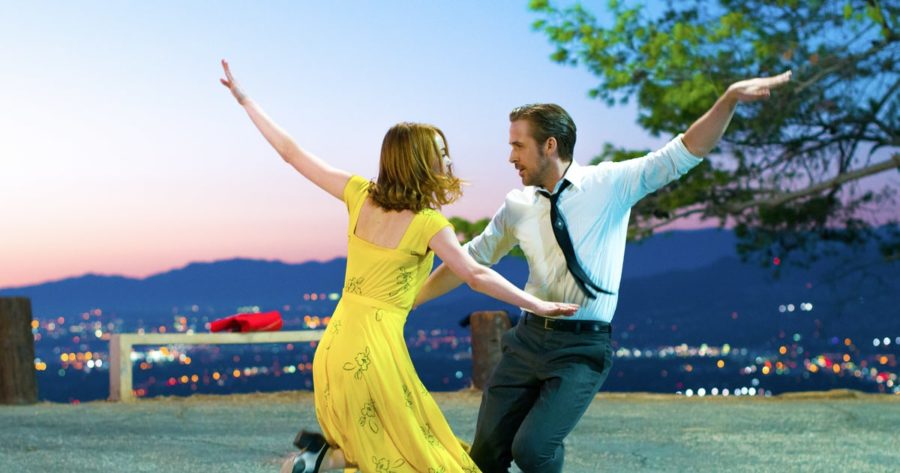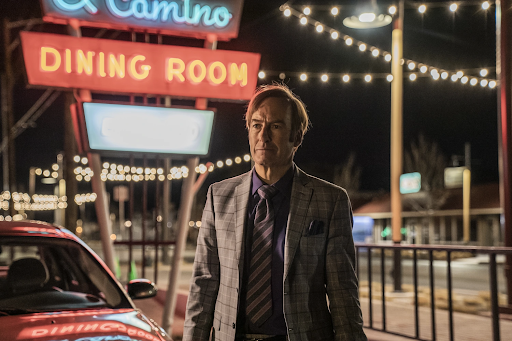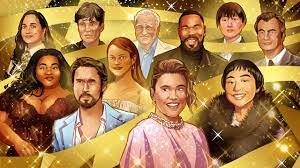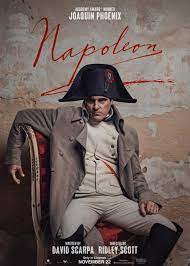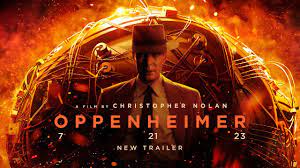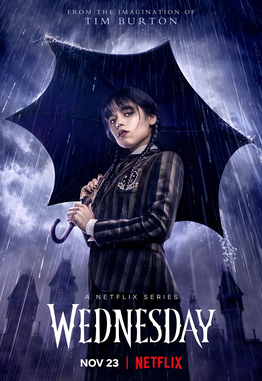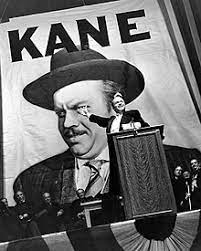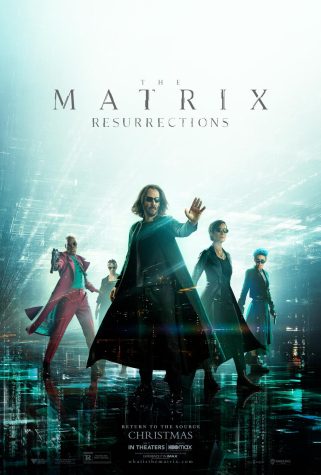Film Review: “La La Land”
February 27, 2017
Every year, critics spur more and more conversation because of a highly acclaimed Oscar-nominated movie, whether it be Birdman in 2015 or The Revenant last year. This year, a new movie has risen in popularity because of its unique cinematography and musical creativity. La La Land is a musical drama directed by Damien Chazelle, well-known in Hollywood for directing Whiplash, another musical drama about the relationship between a jazz student and his abusive teacher who pushes him to his absolute limits. His latest film is about Mia and Sebastian, two artists who struggle to pursue their dreams while living in the lovely Big Orange. Through romance and hardship, the two push each other up and fulfill their dreams at the cost of their own relationship.
Sebastian, played by Ryan Gosling, is a struggling jazz musician working at a restaurant in Los Angeles who wants to own his own jazz club. His significant other, Mia, played Emma Stone, is an actress who wants to perform in films and starts by auditioning for various roles, only to be embarrassed and denied multiple times. The two characters encounter each other at random points throughout the story and eventually fall in love; they face hardships as their dreams come closer to reality.
The film takes place in Los Angeles, as implied by the title, but “La La Land” is interestingly also an idiom for a fictional utopia of dreams which neglects reality. This emphasizes how the two lovers see through this idiom of a world of hopes and dreams, despite the truths they face everyday. The story signifies how to the two are able to surge from these truths and achieve their dreams, which they struggle to reach without each other.
The music is possibly the most influential, unique, and nostalgic part to this musical, as it brings inspiration from both jazz and blues songs. Songs like “Another Day of Sun,” “Someone in the Crowd,” and “City of Stars” are only a few to name, which are not only great for their musical score but also set the tone for each scene in the film. “City of Stars,” for example, is written as a connection between both lovers and the City of Angels, referring back to the distinction of reality and dreams. The cinematography of the film is also very unique, as Linus Hurwitz, the cinematographer, uses CinemaScope to film the entire story, a style of filming originating from previous musicals in the 1950s. Such movies from the past which use this same style of wide cinematography include The Robe, Lady and the Tramp, and How to Marry a Millionaire.
The plot itself is quite delivering, proving how people have the potential to push each other to achieve their dreams. Even the finale to this musical made the entire audience at my local theater clap their hands in praise and satisfaction. My own bias to La La Land would be that the film is not astounding nor great, but it is definitely very delightful and a “must-see” in my opinion. The best part of the movie is the musical score, as I’ve purchased a few of the songs from the film that I found to be most appealing. With many other movies nominated for the Academy Awards this year, like Moonlight, Fences, and Hacksaw Ridge, La La Land will undoubtedly prevail in many categories, especially in best original music score. I would recommend this movie to anyone, even those who would be skeptical at first to watch a musical drama; the beautiful and distinct style of the film truly gives leeway to such a lovely story.


